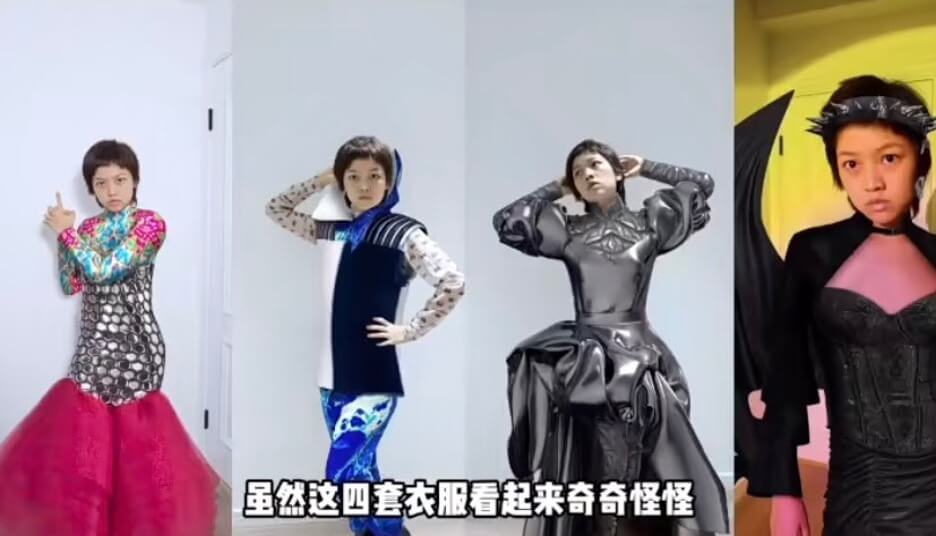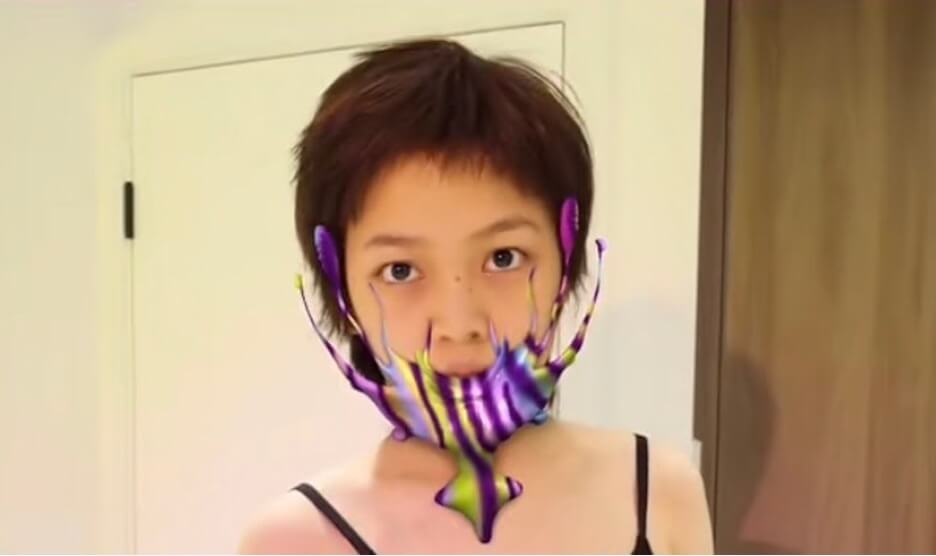Written by Sifan Teng,2021 Cohort
How many of us really know anything about digital fashion?. Recently, I watched a very interesting video online about a digital fashion shopping experience that quite surprised me.
This influencer introduced DressX, the first international digital fashion multi-brand retailer offering digital fashion collections from the most renowned contemporary brands and 3D designers. Consumers can purchase their favourite virtual clothes on DressX. Then DressX can help them create a photo of themselves in the virtual clothes. The influencer purchased five cheap digital items for nearly CAD 260, even though one of them was just a mask. She did not make any biased comments about the results, only expressed surprise, leaving it up to the audience to judge the results of her experiment.


What do you think? I feel the 260 CAD was a little “too much” of the money spent. Although the finished picture is a bit unsatisfactory, the concept of virtual fashion is still worth learning. For the emergence and prevalence of a concept, there must be a social significance behind it.
OOTD: The prevalence of dress-up culture
“OOTD” is an abbreviation of “Outfit of the Day”, a popular social hash-tag for young people who are keen on sharing different outfit selfies on social media. On Instagram, the hashtag has already reached over 100 million posts. Many young people buy clothes just to match them and then take a photo to upload on social media. More and more young people are sharing their daily outfits on social media. For generation Z, sharing outfits is a way to express one’s style.
Pursuing art and fashion in a greener way
Ronny Mikalsen, CEO of Norwegian clothing retailer Carlings, is a big fan of this virtual clothing. He mentioned in an interview that “we send a lot of free samples to famous influencers and internet celebrities every year, and these people often try them on once and then put them aside.” This phenomenon is not a minority. According to a survey, one in ten consumers in the UK buy clothes just to take photos, post them on Instagram, and then immediately return them. Virtual fashion offers a new approach on how to avoid waste and pollution while expressing individuality and self-expression.
Not just for being environmentally friendly
In addition to being more environmentally friendly, the most important point about digital clothing is that it does not have to be made from real materials, which limits designers’ capabilities. Designers can create clothing patterns through digital media, and then add materials and textures at will, so that virtual fashion can also have the same details and appearance as the real thing. In addition, designers can change patterns and fabrics more easily by using a completely virtual digital model to try on garments, so that adjustments and experimentation are no longer limited.
For a long time, people’s creativity has been tied to their bodies, physical space, cultural traditions, and many other realities. With the development of digital media technology, the boundaries of reality are beginning to blur, and this liberation is not just for designers and artists, but a release of creativity for all humans. Everybody can imagine how to use these technologies to recreate freely as they evolve. This is the charm of digital media. So, would you like to try to experience digital fashion for once?